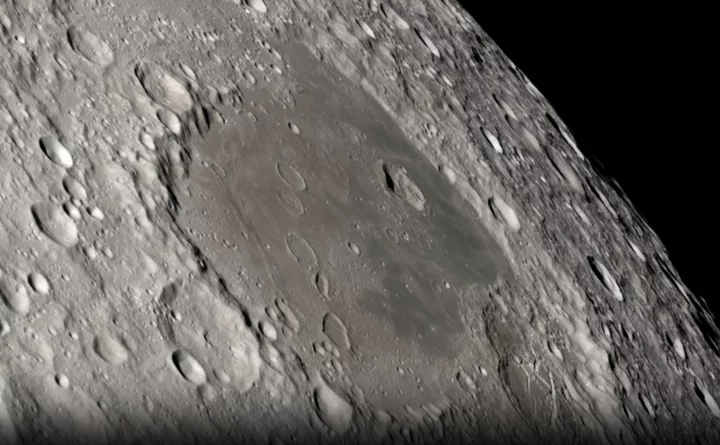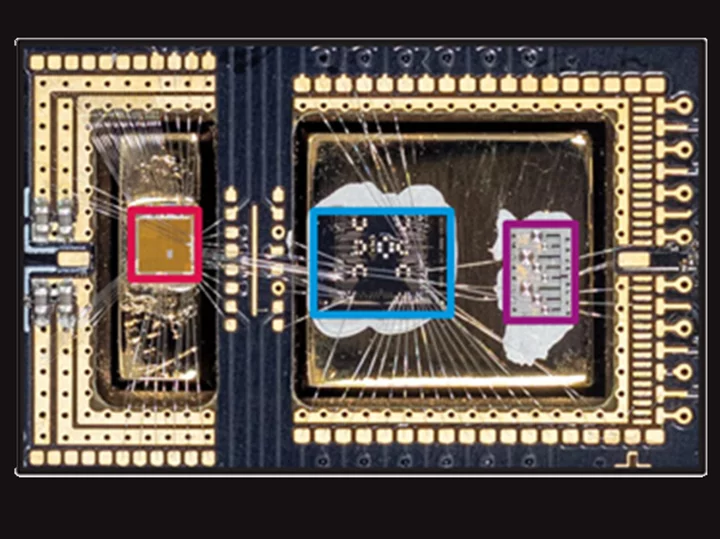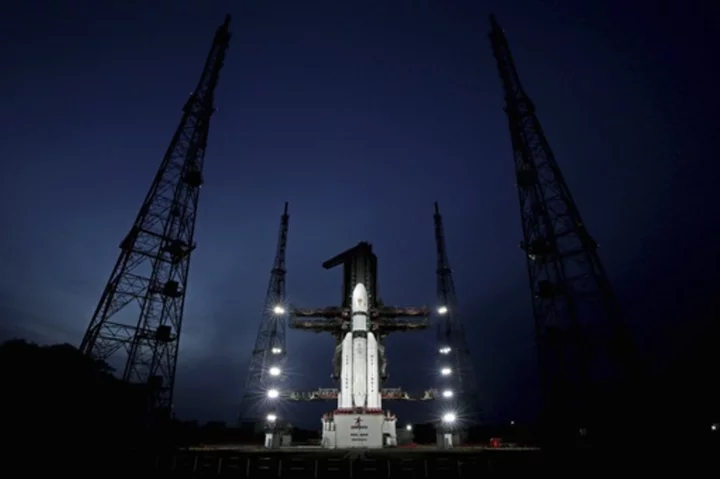NASA spotted a new crater on the moon. And it's likely not natural.
While racing to become the first nation to land a spacecraft in the moon's coveted south pole region, Russia's Luna-25 spacecraft — the country's first lunar mission in nearly half a century — crashed on Aug. 19. NASA's moon satellite, the Lunar Reconnaissance Orbiter, found the new 10-meter-wide (over 30 foot) crater.
"Since this new crater is close to the Luna 25 estimated impact point, the LRO team concludes it is likely to be from that mission, rather than a natural impactor," the space agency wrote.
SEE ALSO: India shares video proof of its phenomenal moon landing and roverThe impact happened on the rim of the moon's Pontécoulant G crater, which is shown by an arrow in the image below.
The Luna-25 impact site at Pontécoulant G crater. Credit: NASA’s Goddard Space Flight Center / Arizona State UniversityIt's not easy to land on the moon. Any lunar spacecraft must contend with a number of obstacles, namely limited fuel, lack of GPS navigation, and the lack of an atmosphere to slow down. Before Luna-25's descent, a thruster misfired, sending it into an erratic orbit.
Beyond showing Russia's renewed lunar ambitions and deep space prowess, the year-long mission also intended to research the moon's radiation, natural resources, and conditions for future lunar explorers in the murky south pole craters.
Want more science and tech news delivered straight to your inbox? Sign up for Mashable's Light Speed newsletter today.
Yet just five days after the Luna-25 crash, India became the first nation to land in the south pole region. The Chandrayaan-3 mission softly touched down on Aug. 23, finding a safe landing spot in an area teeming with pits and craters. Soon after, the lander released its Pragyan rover, which is now exploring the south pole.
Indeed, the new space race is on. NASA's Artemis program plans to return astronauts to the moon perhaps by late 2025. An astronaut crew will land in the cryptic south pole, a place where the sun barely hangs over the horizon. Among a variety of scientific endeavors, they'll be looking for frozen water — an essential ingredient for future deep space missions.









